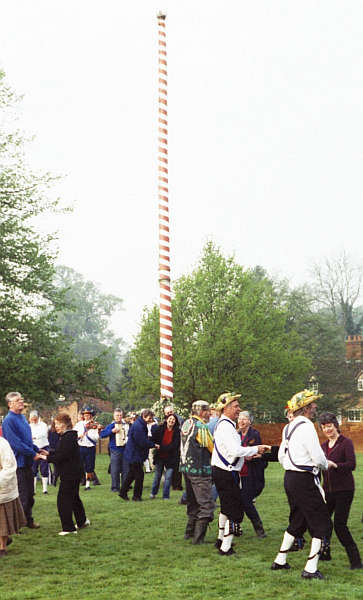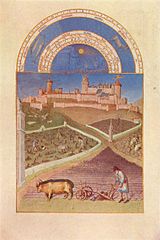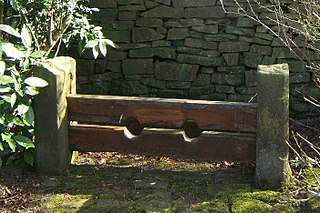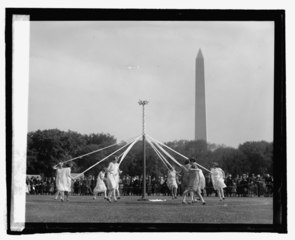
On Wednesday, May 1, the Northern Hemisphere celebrates May Day. In recent times the celebrations take the form of school sports days, many featuring maypole dancing.
But in the distant past, May Day marked the change from darkness to light as days became longer and green sprouts returned to the earth. Ancient Celts celebrated with the Festival of Beltane. Was this the origin of the maypole? Hard to say.

In the Middle Ages, maypoles were erected as a sign that the season of warmth had returned. The crops were sown, and it wasn’t time to start weeding yet. A perfect time to celebrate renewed fertility of the earth and livestock. May Day ranked with Christmas and Easter as a time of rejoicing.
Puritans, among the first migrants to America, viewed maypoles as idolatry and forbade them in New England. But not everyone who came to the colony was a Puritan. Thomas Mortan arrived in 1624 as part of a trading expedition, and set up shop in Merrymount [now a residential neighborhood in Quincy MA].
In 1627 Morton and others erected an 80 foot maypole, brewed a barrel of beer, and invited everyone to the party. Governor Bradford reported that “they drank and danced about the maypole for many days inviting the Indean women, for their consorts, dancing and frisking togither, (like so many fairies, or furies rather,) and worse practises.”

The govenor sent Myles Standish and his men to stop the festivities, put Morton in the stocks, and eventually deported him back to England.
Maypoles continued to exist in England until after the English Civil War of 1640. The Puritan government took a dim view of maypoles which they described as “a Heathenish vanity,” and squashed the custom.
In 1661 the tide turned again. Charles II returned as king in and erected a 130 foot maypole in the Strand, London to celebrate the restoration of the monarchy.

Modern maypole dancing was revived by the Victorians, particularly John Ruskin. The dance is done by boys and girls algternately standing around the pole. Each holds one of the ribbons. The children weave around each other; the boys going in one direction and the girls, the other until the ribbons are woven together around the pole.
The custom remained popular in the early twentieth century and today, with the development of collapsable poles, May Day celebrations are becoming popular again.
In Hawai`i, May Day is celebrated as Lei Day. A time for public school events and lei making competitions.
???
Illustrations:
Villagers and Morris Men by the Maypole at Ickwell, UK 2005. Photo by Richard2s.
Barthelemy d’Eyck. 15th Century. Public Domain.
Stocks in Chapeltown. Photo by Austen Redman.
Maypole dance on Ellipse. Public Domain.
Jessica Learish. “What is a Maypole and How is it Used?” Bustle. May 1, 2016.
Lily Rothman. “The Most Controversial Maypole in American History.” Time. Apr. 29, 2016.
James Tapper. “Maypole Sales Are Up.” The Guardian. Apr. 29, 2018.

Sandra Wagner-Wright holds the doctoral degree in history and taught women’s and global history at the University of Hawai`i. Sandra travels for her research, most recently to Salem, Massachusetts, the setting of her new Salem Stories series. She also enjoys traveling for new experiences. Recent trips include Antarctica and a river cruise on the Rhine from Amsterdam to Basel.
Sandra particularly likes writing about strong women who make a difference. She lives in Hilo, Hawai`i with her family and writes a blog relating to history, travel, and the idiosyncrasies of life.

